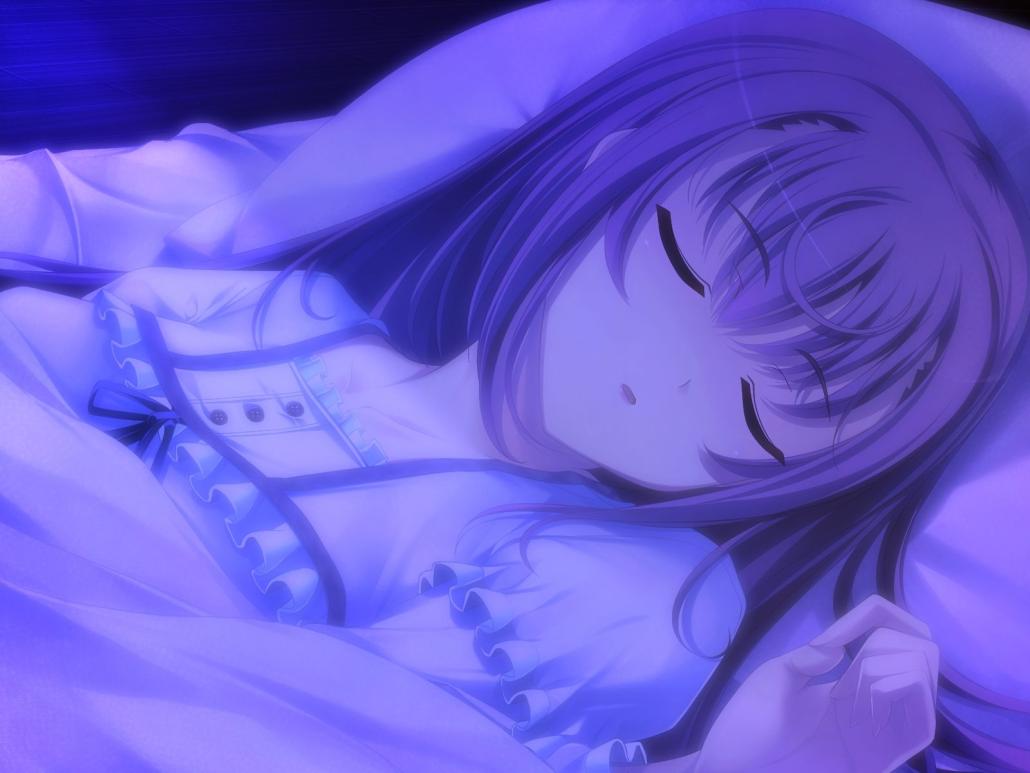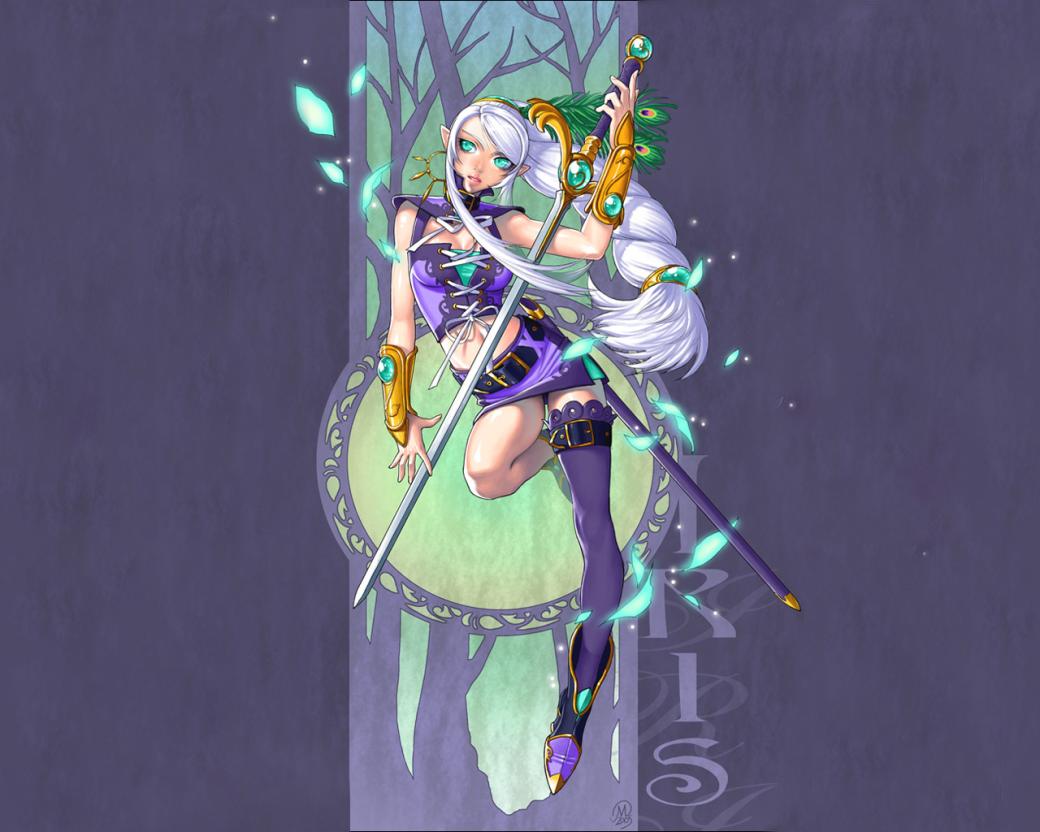How Does Code Geass Manga Differ from the Anime?
The Code Geass franchise has captivated audiences with its compelling storyline, complex characters, and stunning visuals. While the anime adaptation remains the most popular version of the story, the manga offers a unique and distinct experience for fans of the series.

This article delves into the key differences between the Code Geass manga and anime, highlighting the variations in plot, characterization, art style, and narrative structure. Understanding these differences can enhance the overall appreciation and interpretation of the Code Geass story.
I. Differences In Plot And Storyline
- Major Plot Divergences: The manga and anime diverge significantly in terms of their overall plot. While the main premise remains the same, the manga takes a more detailed and intricate approach to storytelling, introducing new plot elements and subplots that are not present in the anime.
- Character Arcs and Development: The manga provides a more in-depth exploration of character arcs and development. It delves deeper into the motivations, struggles, and relationships of the main characters, offering a more nuanced understanding of their actions and decisions.
- Alternate Scenes and Events: Specific scenes and events play out differently in the manga compared to the anime. These variations can range from minor changes in dialogue to major alterations in the outcome of certain events, adding a layer of unpredictability and intrigue to the story.
II. Characterization
- Lelouch and Suzaku: The manga offers a more introspective look into the minds of Lelouch and Suzaku, delving into their inner conflicts, doubts, and fears. Their personalities and motivations are explored in greater detail, providing a deeper understanding of their actions and choices.
- Relationships and Dynamics: The manga expands on the relationships and dynamics between the main characters. It explores the complexities of their interactions, alliances, and rivalries, adding depth and nuance to the overall narrative.
- Additional Characters: The manga introduces additional characters who play significant roles in the story. These characters provide new perspectives and contribute to the overall development of the plot, enriching the narrative and expanding the world of Code Geass.
III. Art Style And Visual Presentation
- Distinct Art Styles: The manga and anime feature distinct art styles that contribute to their unique visual identities. The manga's art style is more detailed and intricate, capturing the characters' emotions and expressions with greater depth and nuance.
- Visual Tone and Atmosphere: The art styles influence the overall tone and atmosphere of each medium. The manga's detailed artwork creates a sense of realism and immersion, while the anime's vibrant colors and dynamic animation bring a sense of energy and excitement to the story.
- Unique Visual Elements: The manga showcases unique visual elements that are not present in the anime. These elements, such as detailed mecha designs and elaborate backgrounds, add depth and richness to the visual experience.
IV. Pacing And Narrative Structure
- Pacing Differences: The manga and anime differ in their pacing. The manga takes a more deliberate and measured approach to storytelling, allowing for a more thorough exploration of character development and plot points.
- Progression of the Story: The manga handles the progression of the story differently. It provides more context and background information, allowing readers to gain a deeper understanding of the events and motivations behind the characters' actions.
- Detailed vs. Streamlined Storytelling: The manga takes a more detailed approach to storytelling, delving into intricate plotlines and character interactions. In contrast, the anime streamlines certain aspects of the story to maintain a faster pace and focus on key plot points.
V. Themes And Symbolism
- Exploration of Themes: Both the manga and anime explore similar themes, such as identity, power, and morality. However, the manga delves deeper into these themes, providing a more nuanced and thought-provoking examination of their implications.
- Symbolism and Imagery: The manga utilizes symbolism and imagery to convey themes and emotions in a powerful and evocative manner. These elements add depth and resonance to the story, enriching the overall narrative.
- Unique Storytelling Techniques: The manga and anime employ unique storytelling techniques to convey themes and symbolism. The manga's detailed artwork and intricate panel layouts allow for a more immersive and visually engaging experience, while the anime's dynamic animation and expressive voice acting bring the characters and their emotions to life.
VI. Conclusion
The Code Geass manga and anime offer distinct and compelling experiences for fans of the franchise. While they share the same core story and characters, the differences in plot, characterization, art style, and narrative structure create unique interpretations of the Code Geass universe.
Understanding these differences can enhance the overall appreciation and interpretation of the story. It allows fans to engage with the narrative on multiple levels, gaining a deeper understanding of the characters, themes, and symbolism that make Code Geass such a captivating and thought-provoking series.

YesNo

Leave a Reply